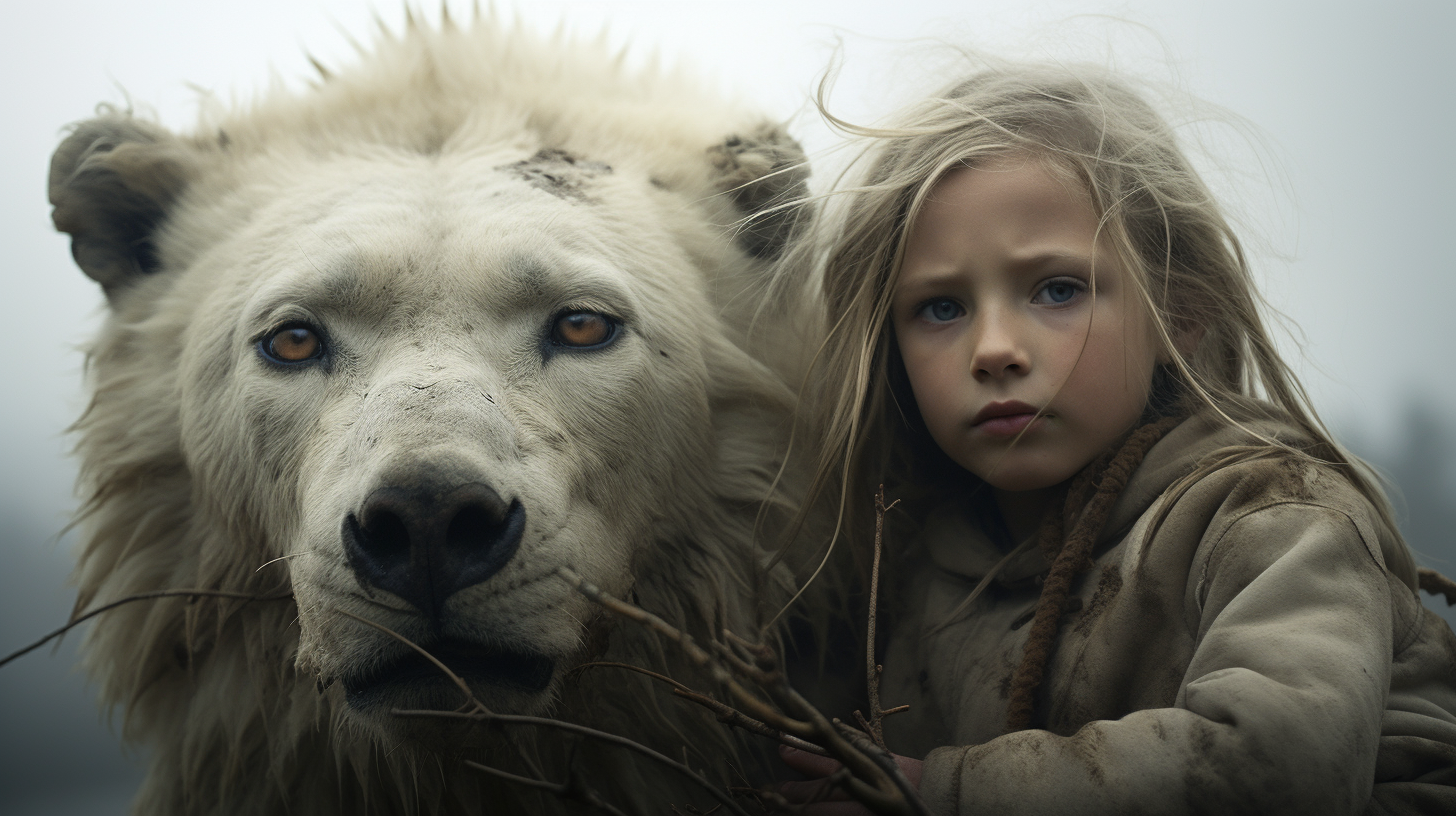In the neon-glow of the fractured, sprawling cities, where once rivers danced and meadows teemed with life, roamed creatures of every imagined form and wonder. Today’s steel and concrete jungles hold no such tales to tell. Among the high-rise monoliths, one might wonder, will tomorrow’s child know a wild animal?
There’s a sinister silence that has befallen the Bio-Domes—once a desperate measure to preserve the last bastions of biodiversity. We peek through these glass walls like patrons of a museum, ogling remnants of a zoetic past whose context has been devoured by our unlike green expanse: the digital forest of screens and machines. The disconnection isn’t just physical; it’s existential.
Gone are the days when children’s imaginations were fired by firsthand experiences with butterflies and beetles in their own backyards. Instead, these encounters have been rendered to digital facsimiles, simulated education modules designed to evoke a requiem mood for an ecology stifled by progress’s oppressive hand.
The loss is more than sensory. The paucity of wild encounters in young minds breeds an apathy—a danger far greater than any storm or fire that besets our teetering biome today. Ignorance, as they say, isn’t simply bliss; it’s the root of decay. The jungle’s might, the savanna’s expanse, the ocean’s depth—already allegories in a world where the enervation of terra outweighs discovery and adventure.
Grim though the picture may be, one might suspend disbelief to find threads of adaptation. Birds, those avian wonders, no longer grace the skies in multitudes but find solace atop our communication spires, singing not to each other but to the hum of our ceaseless data exchange. Foxes, coyly navigate our rubbish for succor—our leftovers are their bountiful feast amidst the absence of forest feasts.
Talk to scholars of the time, and they’ll whisper fears of mythology in the making—stories where elephants and tigers become the titans and dragons of tomorrow. Stories once told by our ancestors, rich with the might of megafauna that stalked the land, will mirror in abstraction with the loss of our epoch’s giants. It’s a sobering thought; we are creating new legends in reverse.
Is there wisdom to be extracted from the bitterness of this terraformed tragedy? Our tales of yore, legends of the Loch Ness, and the yeti were once given to the unexplored shadows of our world. Today, every wild death, as the cruellest of residues, lurks in the unwitnessed darkness of our ever-advancing frontiers. We’ve banished the wild not to the shadows, but into oblivion.
For tomorrow’s child, the wild is not a place—it’s a fairy tale, a digital footprint, a Bio-Dome spectacle, a memory inherited, not lived. Their phylogenetic connection to the roots of their existence—a thread not cut but frayed, not undone but forgotten. The lament isn’t that these children won’t know wild animals; it’s that they won’t miss them, for to miss something, you must first value its presence, then profoundly feel its loss.
Will there be another ledger, another account to follow this diurnal mounting of losses? Only the reflection in a child’s gaze upon creatures bound by glass walls will tell. For if we’re penning the chapters of this dystopian manuscript, it’s the eyes of the future that will read it—wondering where the wild went, and if it was ever truly there.
